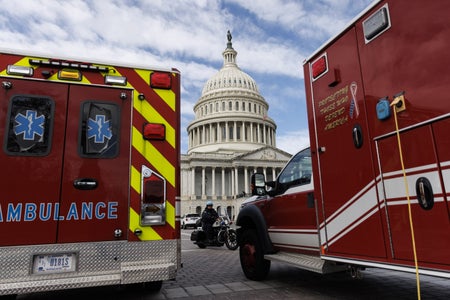
How Massive Medicaid Cuts Will Harm People’s Health
Evidence shows that Medicaid improves people’s health and is particularly vital for babies, older people in need of long-term care and people in rural communities
Meghan Bartels is a science journalist based in New York City. She joined Scientific American in 2023 and is now a senior news reporter there. Previously, she spent more than four years as a writer and editor at Space.com, as well as nearly a year as a science reporter at Newsweek, where she focused on space and Earth science. Her writing has also appeared in Audubon, Nautilus, Astronomy and Smithsonian, among other publications. She attended Georgetown University and earned a master’s degree in journalism at New York University’s Science, Health and Environmental Reporting Program.

How Massive Medicaid Cuts Will Harm People’s Health
Evidence shows that Medicaid improves people’s health and is particularly vital for babies, older people in need of long-term care and people in rural communities
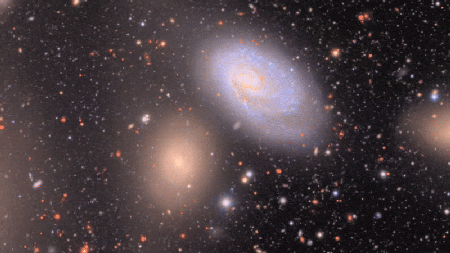
Astronomers Brace for 10 Million Alerts a Night from Rubin Observatory
Astronomers have never had this much data available this quickly before
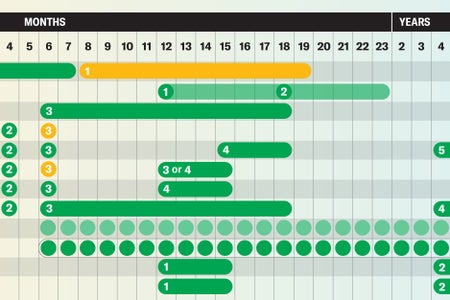
See Vaccine Recommendations Backed by Science in These Handy Charts
These graphics will guide you through science-based vaccine guidelines for children and adults
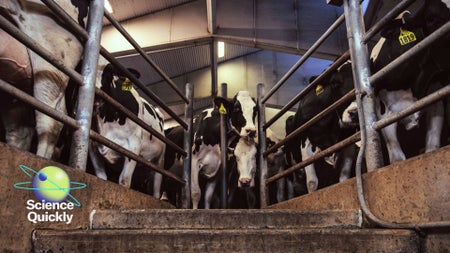
Why Dairy Farmers Were Surprised by Bird Flu Cases in Their Herds
The bird flu was long known to poultry farmers. Here’s why the dairy industry was caught off guard by its jump to cattle.
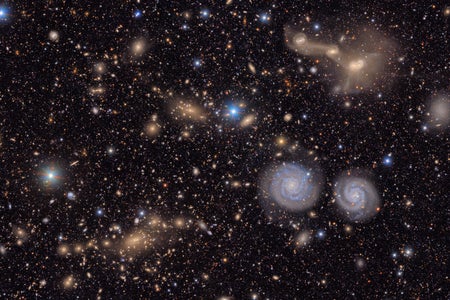
Majestic First Images from Rubin Observatory Show Universe in More Detail Than Ever Before
Astronomy fans can zoom in practically forever into the stunning first images from the Vera C. Rubin Observatory

Here’s How Plastic Bag Bans Are Working
Data from beach cleanups show that banning or taxing single-use plastic bags makes a difference in ecosystems
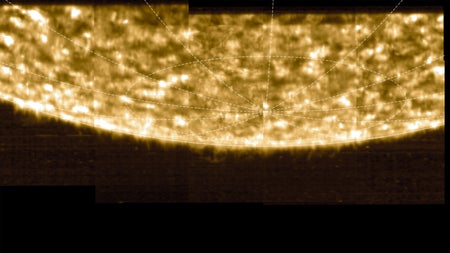
Behold the First Images of the Sun’s South Pole
Solar Orbiter isn’t the first spacecraft to study the sun’s poles—but it’s the first to send back photographs
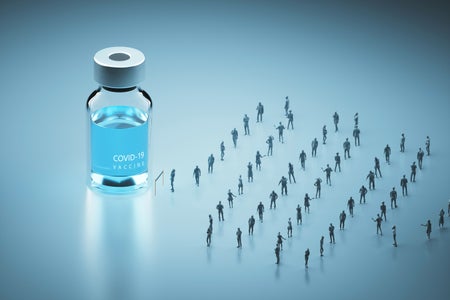
Can You Still Get a COVID Vaccine This Fall? Here’s What to Know
In recent years COVID shots joined flu shots as an annual offering at most neighborhood pharmacies. But the current administration has thrown that into uncertainty
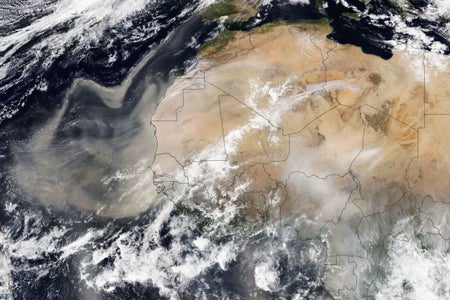
Sahara Dust Clouds Are Heading to Florida and Beyond
Clouds of dust blown off the Saharan Desert into the southeastern U.S. could affect local weather and make sunrises and sunsets particularly vivid
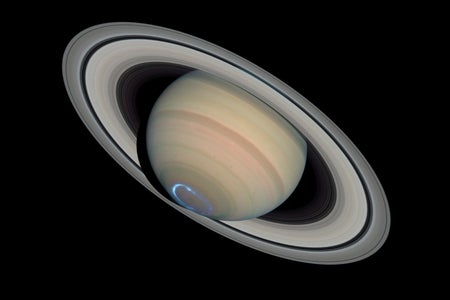
How One Astronomer Helped to Discover Nearly 200 Moons of Saturn
Scientific American spoke with the astronomer who has contributed to the discovery of two thirds of Saturn’s known moons
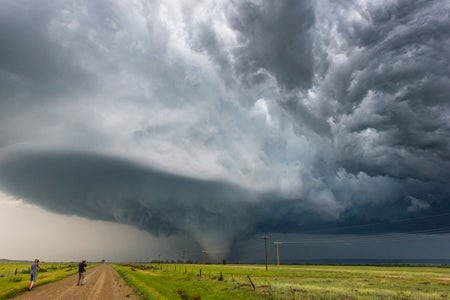
Tornadoes Expected to Strike Multiple States This Weekend in One of the Worst Seasons This Decade
Tornadoes are predicted across swaths of the U.S. in the coming days, likely adding to this year’s already high tally of such storms
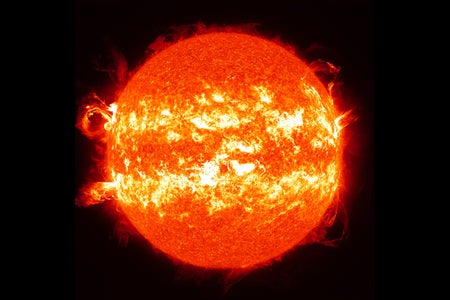
The Sun May Be Entering an Era of Stronger 11-Year Cycles
The sun has produced stunning auroras on Earth in recent years as solar activity has peaked—but expect more in coming years
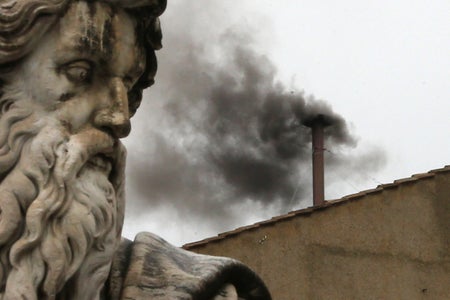
The Pyrotechnic Chemistry of the Vatican’s Pope Smoke Signals Explained
Pyrotechnic chemistry drives the Vatican’s recipes for the black and white smoke used to announce papal election outcomes
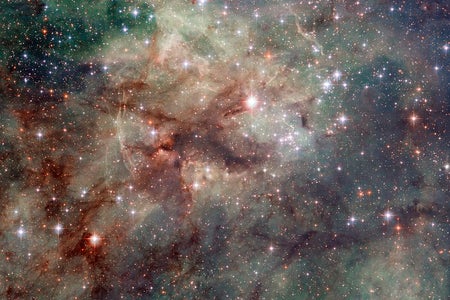
Celebrate Hubble Space Telescope’s 35th Birthday with Stunning Images
Happy anniversary to the Hubble Space Telescope, which launched on April 24, 1990
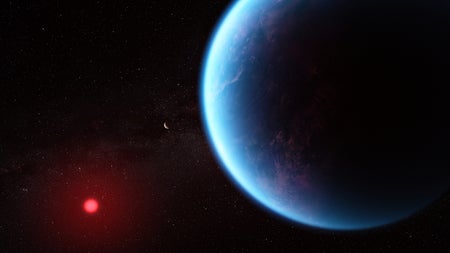
Is Dimethyl Sulfide Really a Sign of Alien Life?
Dimethyl sulfide is in the news after NASA’s James Webb Space Telescope may have detected relatively high levels of it in the atmosphere of an exoplanet called K2-18 b
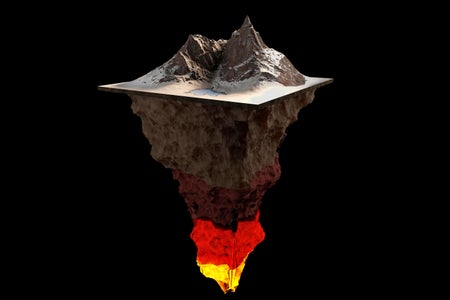
North America May Be Dripping Away Deep under the Midwest
A long-lost slab of Earth’s crust may be pulling away the bottom of the oldest part of North America, scientists say
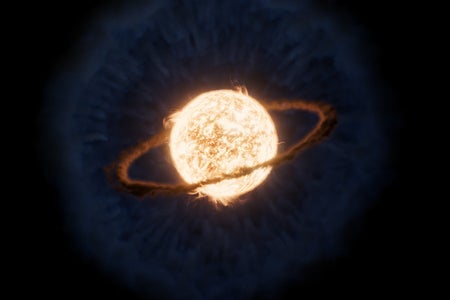
JWST Spots Remains of Alien Planet That Fell into a Star
NASA’s James Webb Space Telescope provided a closer look at the aftermath of a star that wreaked violence on its planet
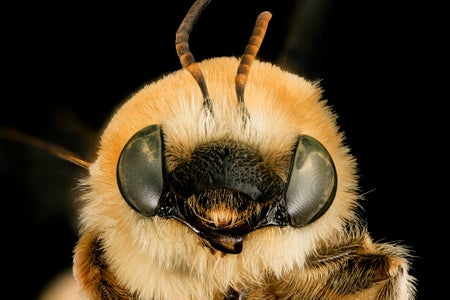
Meet the Fluffy, Funky and Fabulous Native Bees That Call the U.S. Home
Scientists estimate there are about 4,000 species of native bees in the U.S.—and they’re both cooler and ecologically more important than honeybees
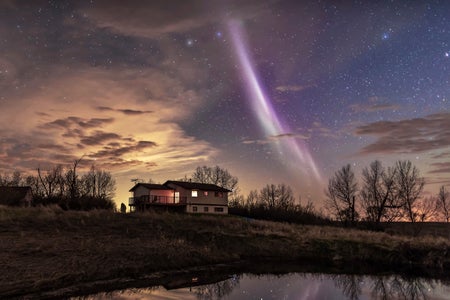
Aurora Scientists Enlist Private Astronauts on Unusual Space Mission
The commercial astronauts onboard SpaceX’s Fram2 mission are flying closer to Earth’s poles than anyone has before, offering an intriguing opportunity for auroral science
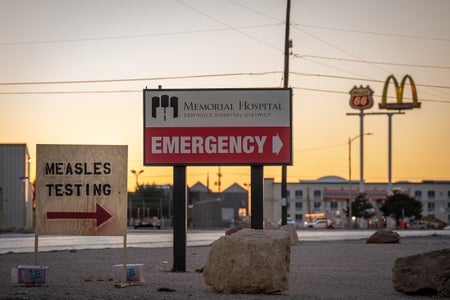
Five Reasons Measles Outbreaks Are Worse Than You Think—And Why Vaccination Matters
Measles is not a disease to take lightly—but it is also very preventable with vaccines

The Science behind Tariffs and How They Work
President Donald Trump is threatening steep tariffs on virtually all imports. Here’s what that means and what economics research suggests would be the impact
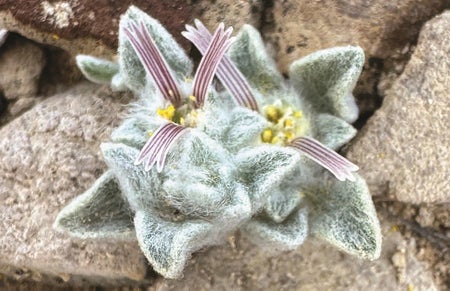
Meet the ‘Woolly Devil,’ the Strangest Sunflower You’ve Ever Seen
A tiny, woolly flower found hiding in Texas’s Big Bend National Park shows the intriguing strangeness of sunflowers
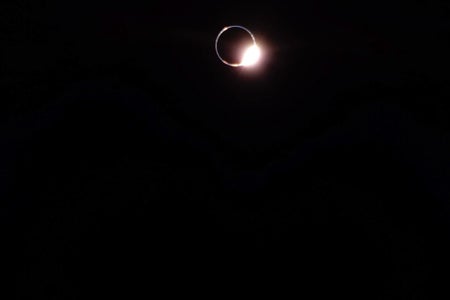
Wow! Blue Ghost Captures Total Lunar Eclipse from the Moon
Firefly Aerospace’s Blue Ghost Mission 1 lunar lander snapped incredible photographs of the March 13–14 total lunar eclipse, as seen from the moon
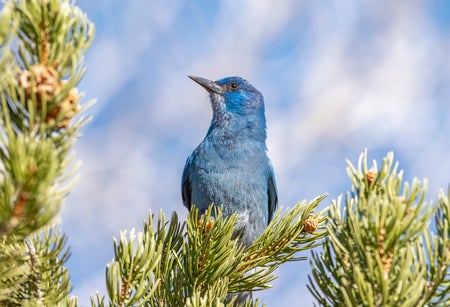
Birds Are in Trouble across the U.S. But It’s Not Too Late to Protect Them
In the U.S. 42 species of birds have low and steeply declining populations that put them on the brink of disaster, scientists say